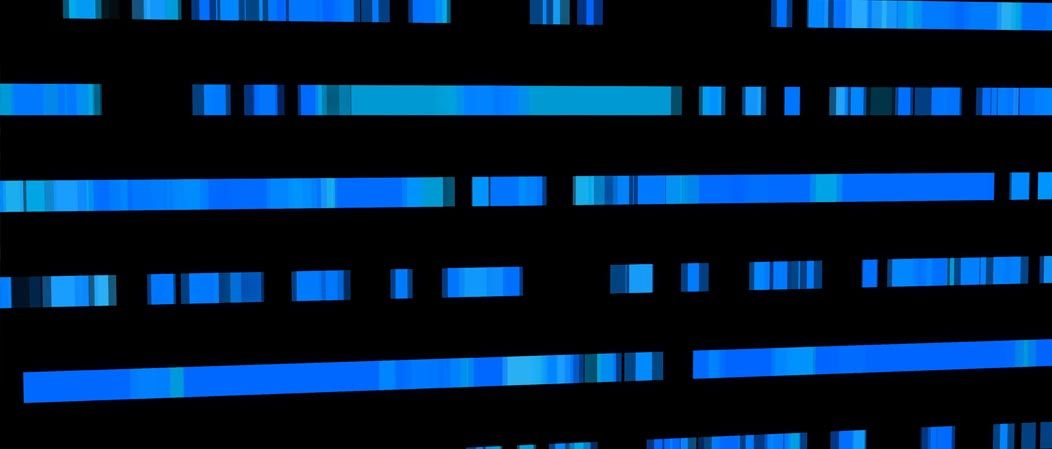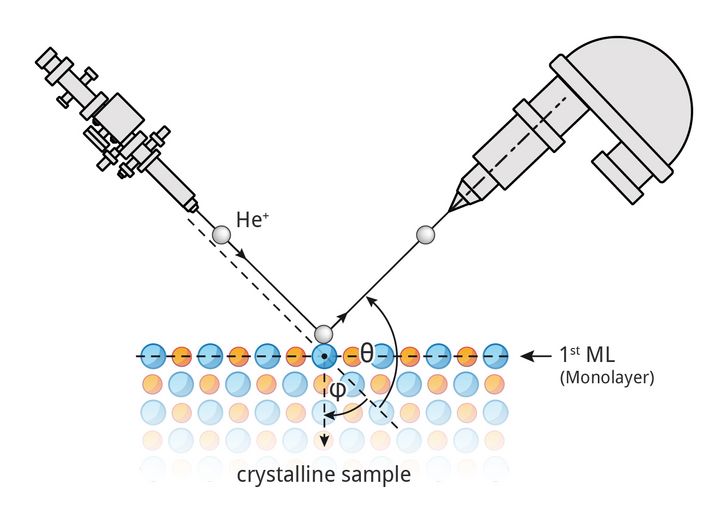(LE)ISS
LEISS is a spectroscopic method in which only the topmost atomic layer is probed by charged noble gas ions. This makes LEISS one of the most surface sensitive techniques available to researchers. LEISS essentially requires a hemispherical electron analyzer, e.g. a PHOIBOS 150, and a low energy IQE 12 LE ion source. Since most modern experimental setups are already equipped with such an electron analyzer and a monoatomic low energy ion source for charge compensation, the use of LEISS is accessible to a wide range of existing setups or can be easily upgraded.
The sample surface is exposed with He or other low energy ions. The ions are inelastically backscattered, and their energy losses can be detected by a hemispherical analyzer. Because of the large scattering cross section, the ions do not penetrate deeper than the first atomic layer. The ions excite the surface atoms with characteristic energies. These energies are detected by the energy losses of the ions. Precise chemical analysis with high sensitivity is possible. Care must be taken to keep the ion energy low enough to neglect sputtering effects.

